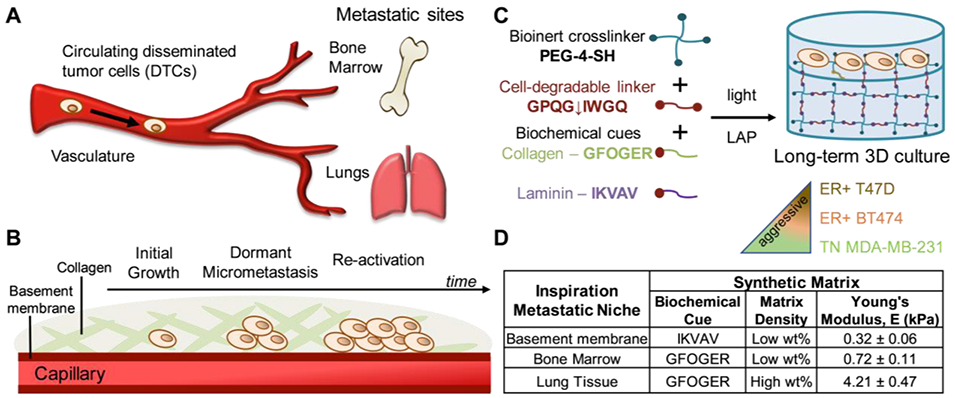Figure 1. Approach for studying ER+ breast cancer dormancy and regulators of late recurrence.

A) Disseminated tumor cells (DTCs) escape from the primary tumor and circulate in the blood stream until cells extravasate from capillary into a metastatic site. At these sites, DTCs have a number of different fates, including dormancy which is thought to be the origin of late recurrences which most frequently occur in bone marrow and lung tissues. B) Specifically, after dissemination, DTCs i) can initially exhibit growth followed by the ii) formation of dormant micrometastases that iii) re-activate or recommence proliferation at late times. Collagen is the most prevalent ECM protein in bone marrow and lung niches, and the basement membrane, enriched in laminin, comprises the endothelium surrounding the capillary. C) To study this, well-defined bioinspired synthetic matrices were created with light-triggered thiol-ene ‘click’ chemistry for long-term 3D culture of breast cancer cells that are ER+ (T47D, BT474), which clinically undergo late recurrence, and TN (MDA-MB-231), which clinically form secondary tumors or undergo early recurrence. A peptide linker derived from collagen (GPQG↓IWGQ) that degrades in response to a variety of proteinases was selected to allow both cell-driven and externally-triggered remodeling of matrix upon the exogenous application of collagenase. D) Based on key compositional differences between the ECM of these sites, pendant peptides derived from collagen (GFOGER) or laminin (IKVAV) and different matrix densities (low or high wt%) with relevant mechanical properties were selected, measured by rheometry (Figure S1).
